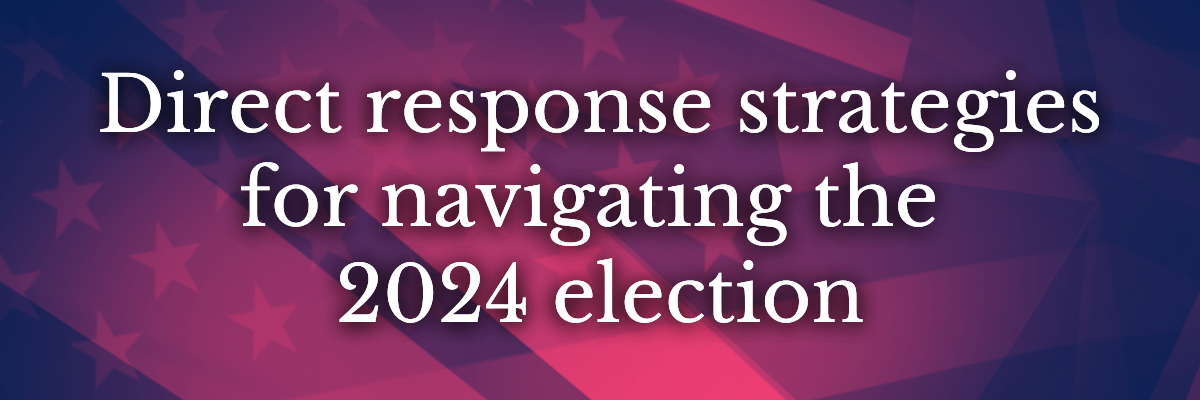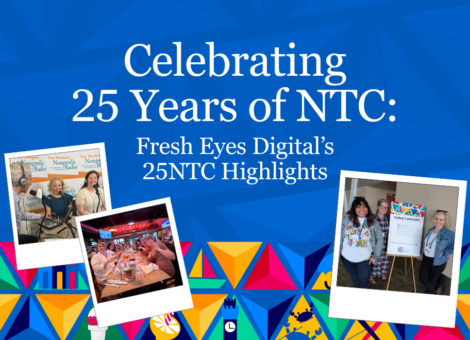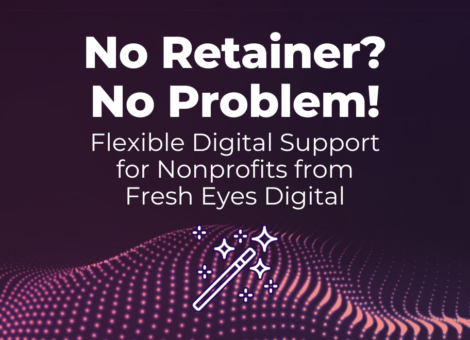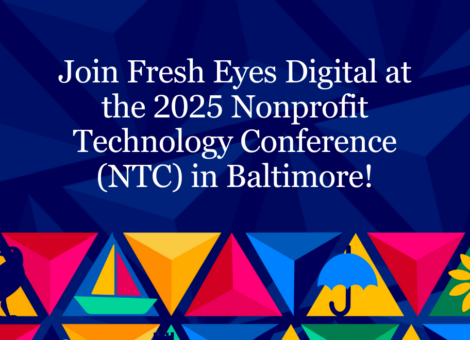What an election season, huh?! As political candidates — and the things they say or do — dominate the headlines, it can be challenging for nonprofit organizations to find a way to break through the noise.
While they all play a crucial role in educating, helping, and mobilizing communities around an important cause, they must operate within specific legal boundaries to maintain their tax-exempt status — especially regarding political activities.
Yes, the IRS is watching. 👀 But that shouldn’t stop your organization from sticking to the sidelines or going quiet when you still have money to raise — you can shift your approach by mobilizing supporters (and the communities you serve!) to learn more about the voting process AND how your work is vital to tackling big social problems.
Here’s what you need to know in the lead-up to November 5, 2024 — and how you can leverage your direct response marketing efforts for good in this election year:
Get familiar with the legal landscape.
501(c)(3) nonprofit organizations, as defined by the IRS, are strictly prohibited from engaging in any political campaign activity. They cannot endorse or oppose any candidate for public office or make donations to political campaigns or parties.
Conversely, a 501(c)(4) organization is a tax-exempt, nonprofit entity primarily engaged in promoting “social welfare.” Unlike 501(c)(3) organizations, 501(c)(4)s can engage in political activities and lobbying without significant restrictions, but contributions to them are not tax-deductible for donors.
To make it even more confusing, 501(c)(3) organizations can participate in some lobbying activities — but not too much, or they risk losing their tax-exempt status.
Educate, register, and encourage engagement in the electoral process.
One of the most significant contributions a 501(c)(3) organization can make during an election cycle is to educate voters. This can be done through nonpartisan voter guides, hosting candidate forums, providing information about voting rights, promoting the importance of voting, volunteering at polling sites, or engaging in nonpartisan get-out-the-vote (GOTV) campaigns.
Additionally, 501(c)(3) organizations can engage in voter registration drives — an essential step in ensuring your supporters, or the people you serve, can cast a ballot. The key is to ensure that all activities, events, and materials are unbiased and do not favor one candidate or party over another.
When it comes to integrating these efforts into your marketing plan, think about promoting candidate forums, calls to vote on behalf of an issue your organization is fighting for, information on how to vote, or a voter pledge form that provides the supporter with a reminder to vote ahead of Election Day:
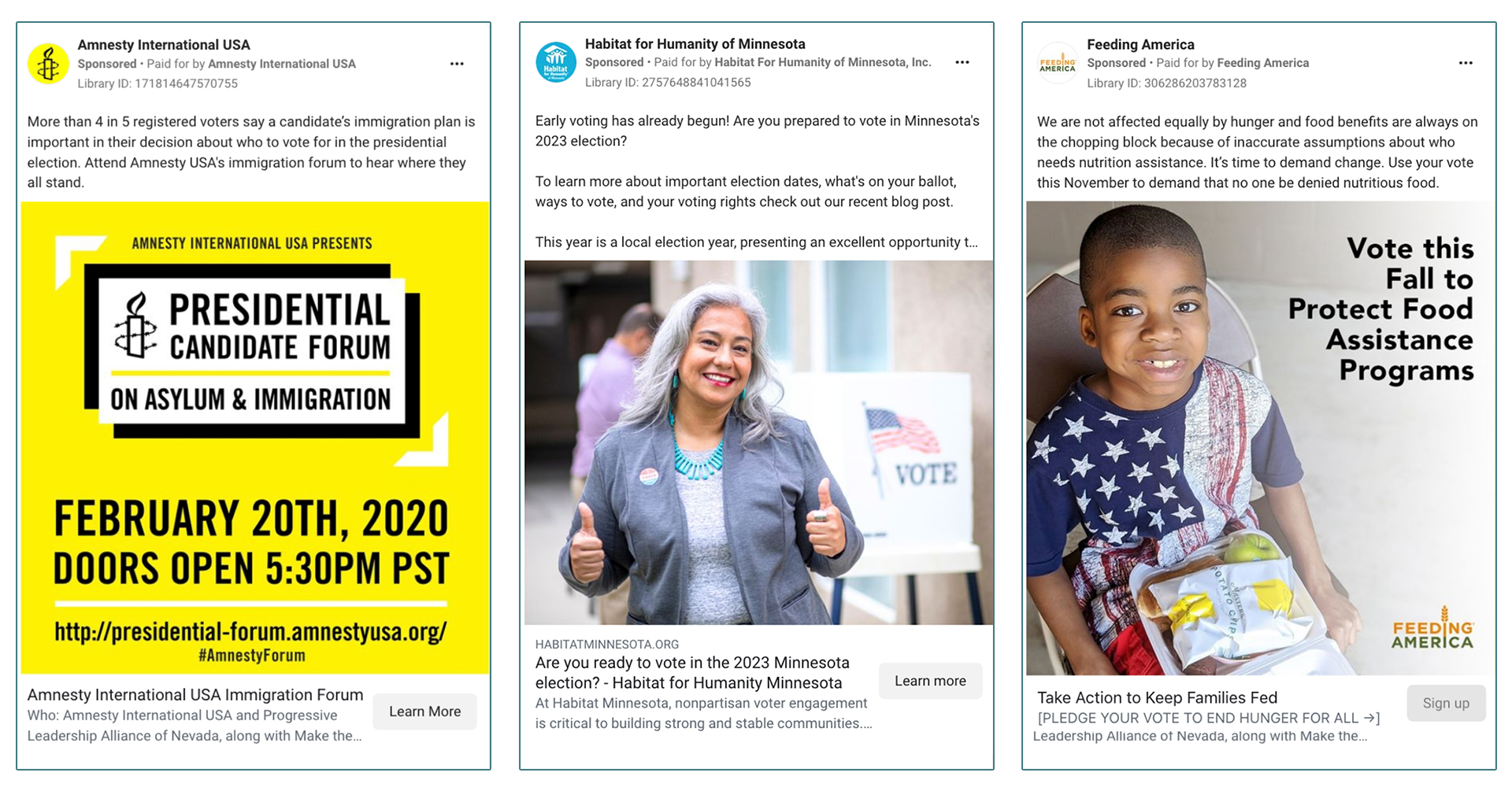
Most importantly, leverage the moment and your mission.
As nonprofit fundraisers know, drawing attention to your cause can be HARD when all eyeballs are on the election.
Here’s the thing: You can leverage the political climate to your advantage.
During election years, your supporters are more attuned than ever to issues of national concern — like health care, hunger, or the environment. And there’s a strong likelihood that their concerns align with the problems your organization is trying to address. Be prepared to highlight how your work is a clear, tangible part of the solution for a pressing issue candidates and voters are talking about.
Put the pedal to the metal on a multichannel approach.
You won’t get very far in an election year — or end of year! — by focusing on one channel like email or social media. Multichannel marketing is essential because it allows your organization to reach and engage with your audience across multiple platforms and touch points, increasing visibility and reinforcing your message.
If you’ve been waiting for the right time to dip your toes into building or growing an SMS program…2024 is your year.
If you are looking for some guidance in 2024 (and beyond!), you can connect with us at sayhi@fresheyesdigital.com to help supercharge your fundraising this year.
